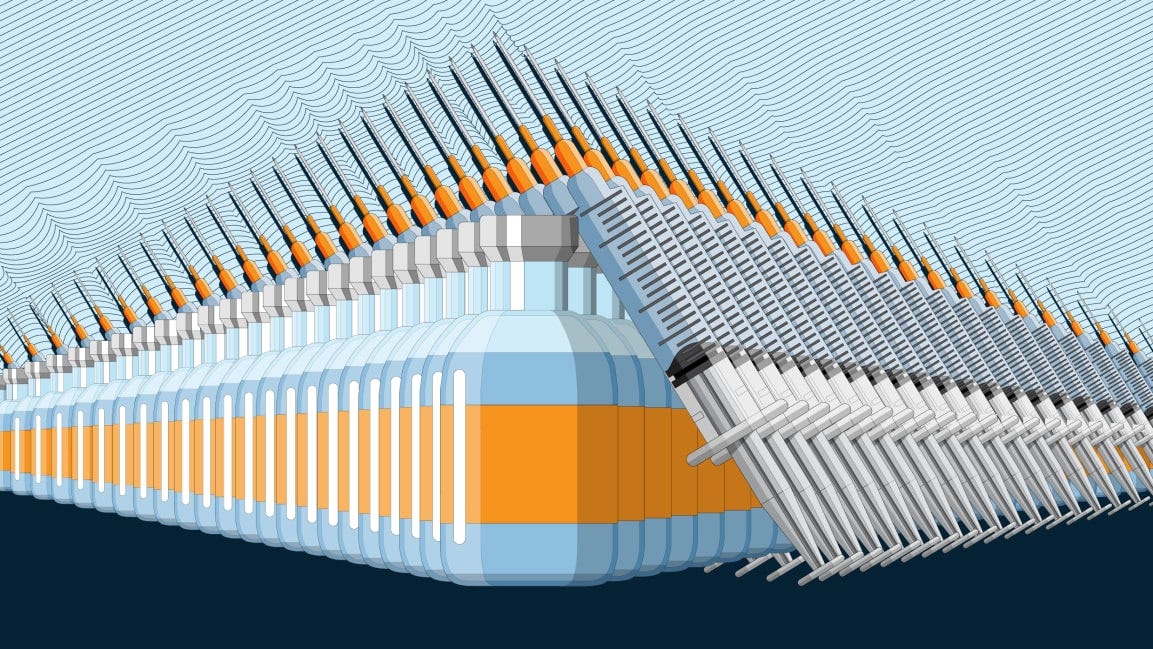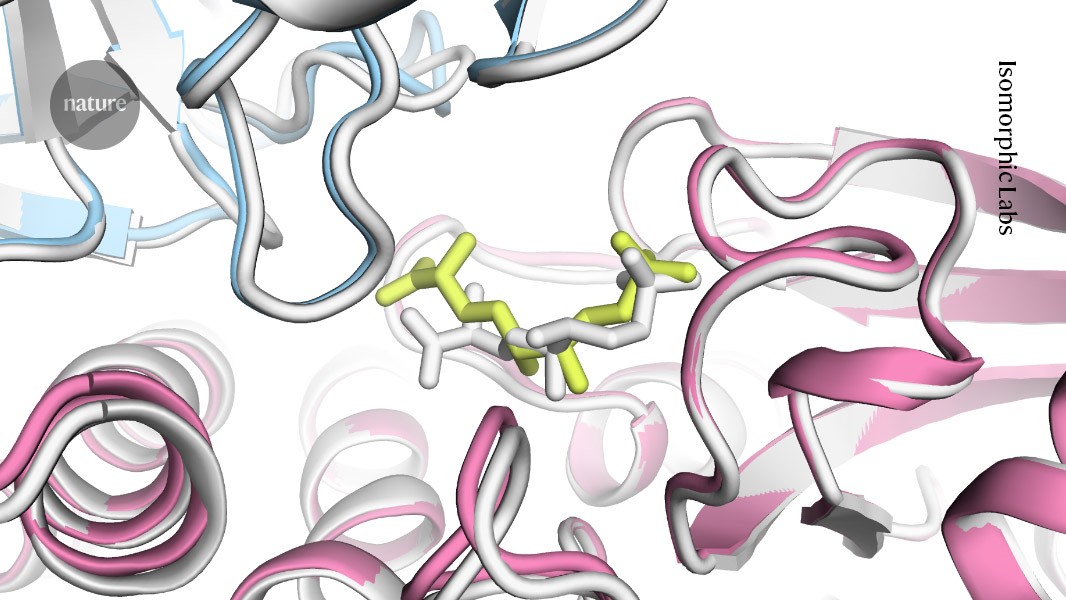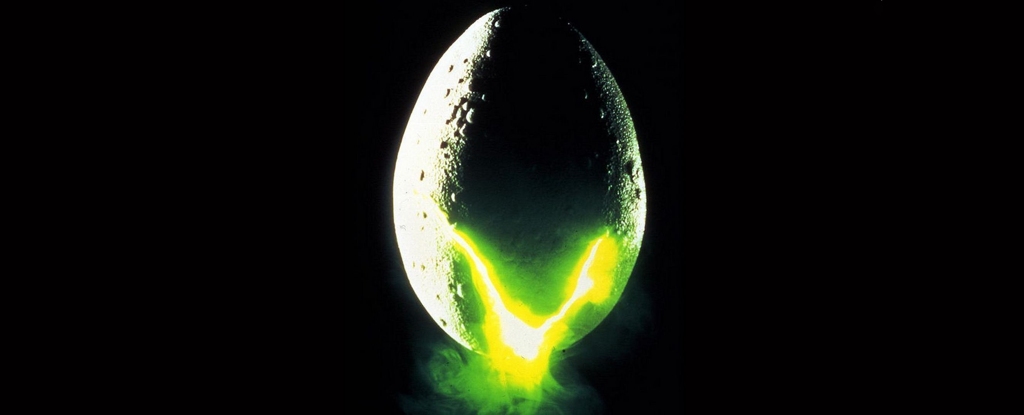
The Bacteria That Revolutionized the World
T here were no eyes to see it, but the sun shone more dimly in the sky, casting its languid rays on the ground below. A thick methane atmosphere enshrouded the planet. The sea gleamed a metallic green, and where barren rock touched the water, minerals oozed out. Estuaries, creeks, and mud flats teemed with microscopic life—single-celled bacteria and archaea. This wasn’t life at its emergence on Earth. This was life on Earth at adolescence, age 1 billion.
Life thrived on the edges, where water met air and air met rock. These organisms carved out a living with metabolisms that drew energy from minerals and gases.1 But life was a slog. Sulfur and nitrogen, the elements that provided the highest energy currency at the time, were hard to come by, released slowly by weathering rocks. Hydrogen gas, another prized commodity, was voraciously consumed and turned to more methane.
Outwardly, little distinguished the mutineer from other single-celled microbes of its time, other than its blue-green color, which eventually gave it its name, cyanobacteria. But on the inside, from the abundant fuels of sunlight and water, cyanobacteria generated more energy than any lifeform before. This new chemical process unleashed a gas that would forever change the trajectory of life on Earth: oxygen.



















